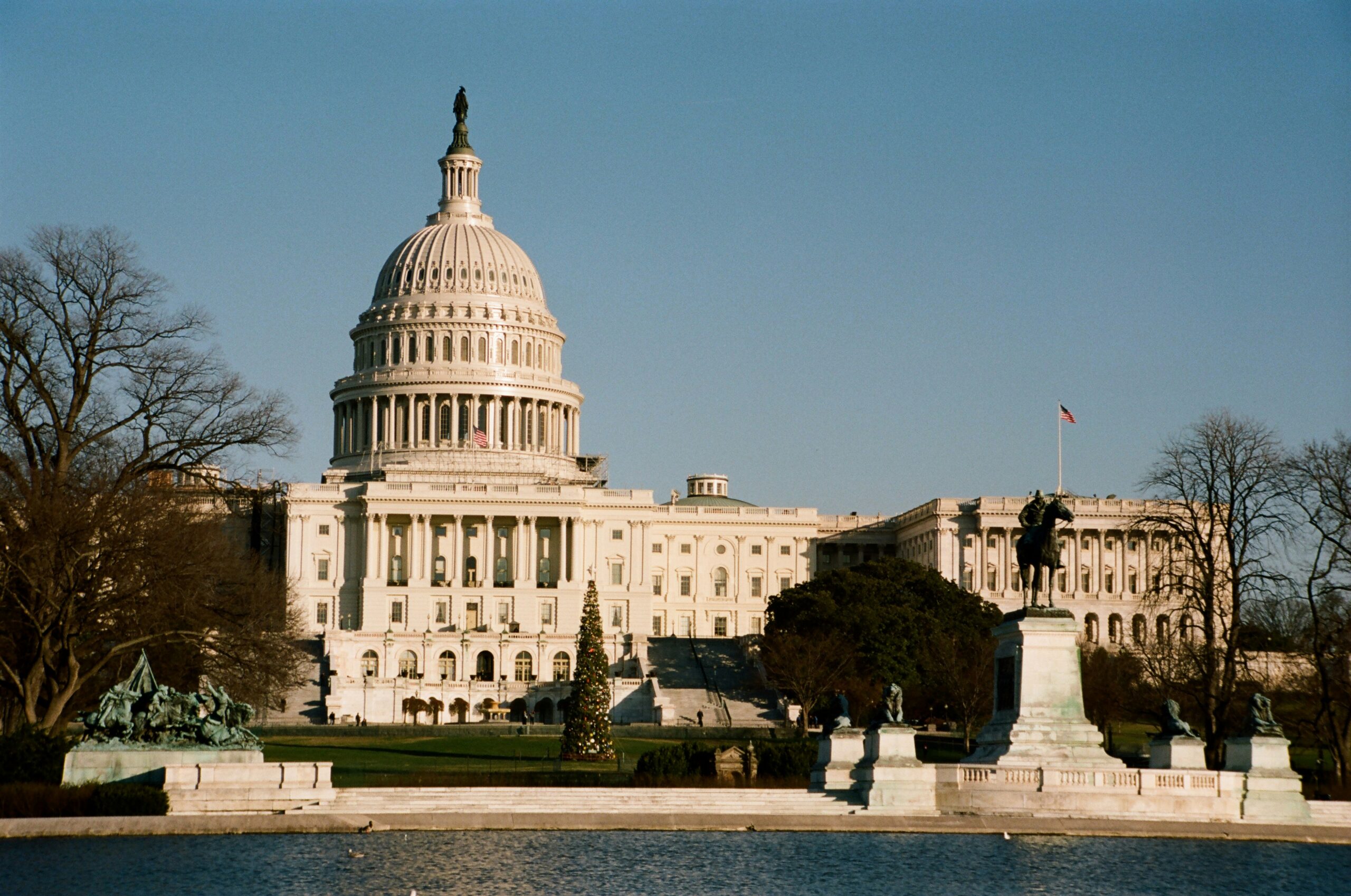Just after midnight on October 1, the federal government partially shut down for the first time in six years. Congress failed to agree on a temporary funding bill, leaving many federal agencies without money to operate.
Why it happened
- Republicans’ plan (CR): Passed the House, would have kept funding at current levels through Nov. 21. Democrats blocked it in the Senate because it didn’t extend enhanced Obamacare tax credits.
- Democrats’ plan: Contained health care spending and policy riders worth up to $1.4 trillion. It failed in both chambers.
- Result: No deal, funding expired, shutdown triggered.
What it means in practice
- Federal workers: Up to 750,000 furloughed each day, costing $400 million daily in lost pay. Essential staff — military, law enforcement, air traffic controllers — continue working without pay. Everyone is guaranteed back pay once the shutdown ends, but the White House has told agencies to prepare possible job cuts.
- Services: Social Security and Medicare continue. National parks mostly stay open but with limited staffing. Passport processing, business loans, permits, and inspections slow or stop. Federal agencies from health to education see major staff reductions.
- Economic impact: Shutdowns hurt local economies, delay services, and increase uncertainty for businesses and families.
What’s next
The Senate is expected to vote again on the Republican CR. If it passes both chambers and is signed into law, funding is restored. Until then, government operations remain frozen — and pressure builds on both parties to strike a deal.



